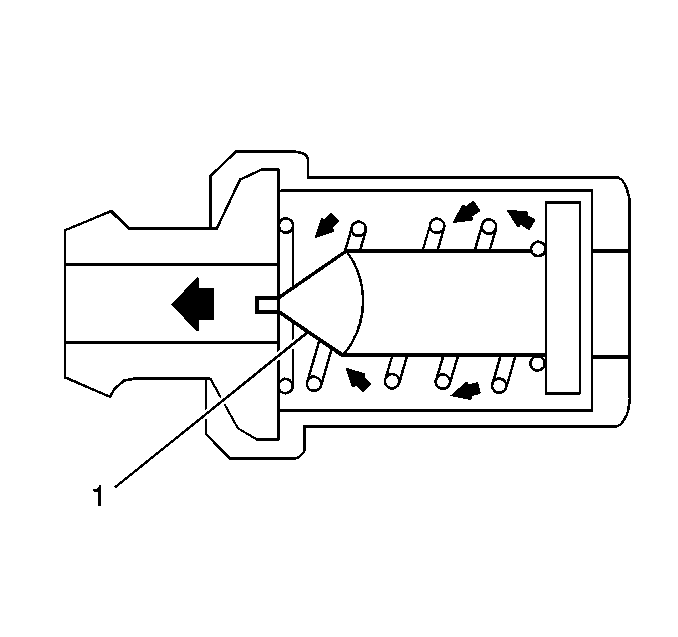Purpose
A Positive Crankcase Ventilation (PCV) system is used to consume crankcase
vapors in the combustion process instead of venting them to the atmosphere.
In gasoline engines, small amounts of combustion gases leak past the piston
rings into the crankcase. These crankcase blow-by gases contain undesirable
hydrocarbon air pollutants. The PCV system is used to prevent these vapors
from escaping into the atmosphere, while allowing proper ventilation of
the crankcase to maintain good oil quality. Fresh air from the air cleaner
is pulled into the crankcase, mixed with blow-by gases and then purged
through the Positive Crankcase Ventilation (PCV) valve into the intake manifold.


